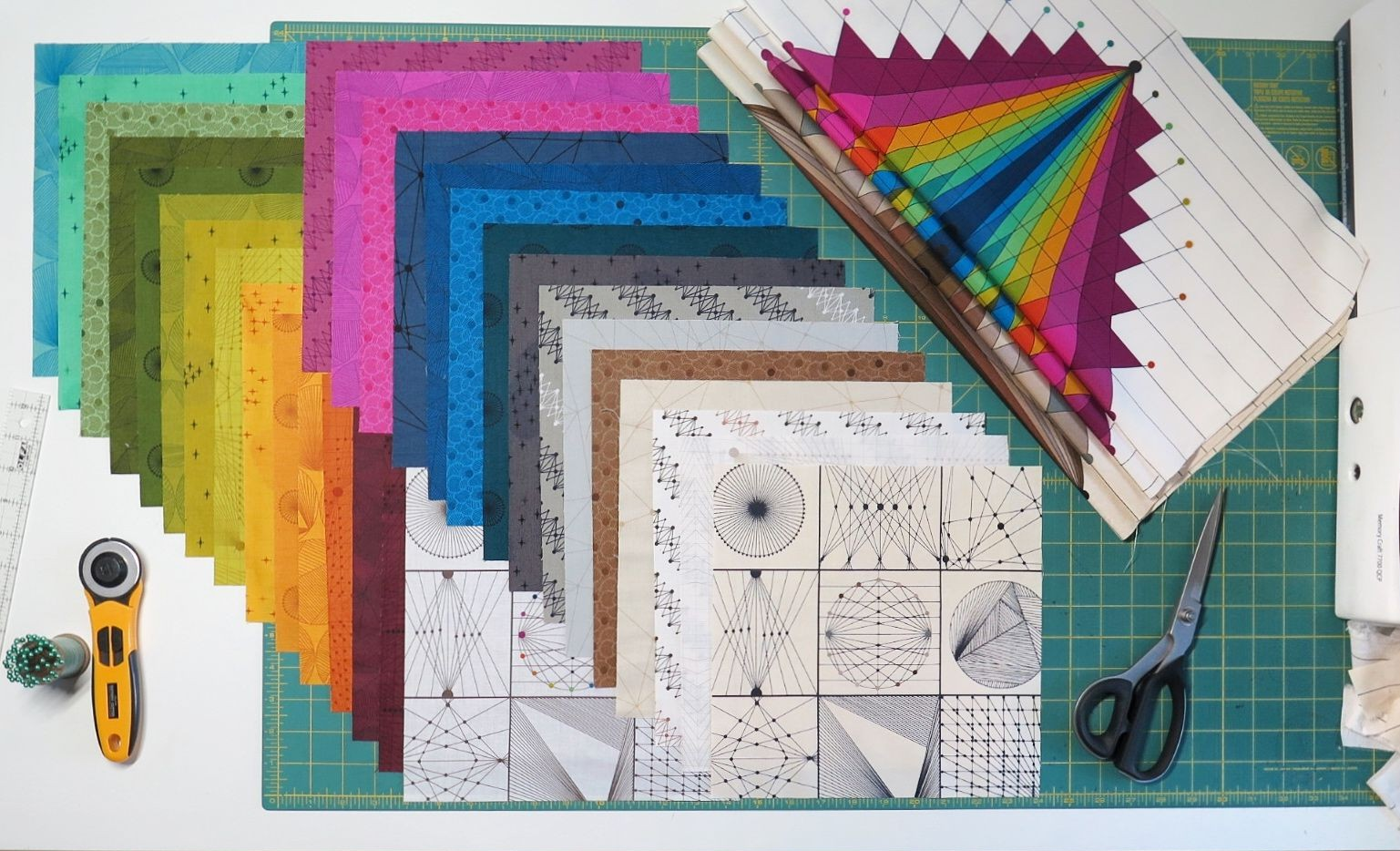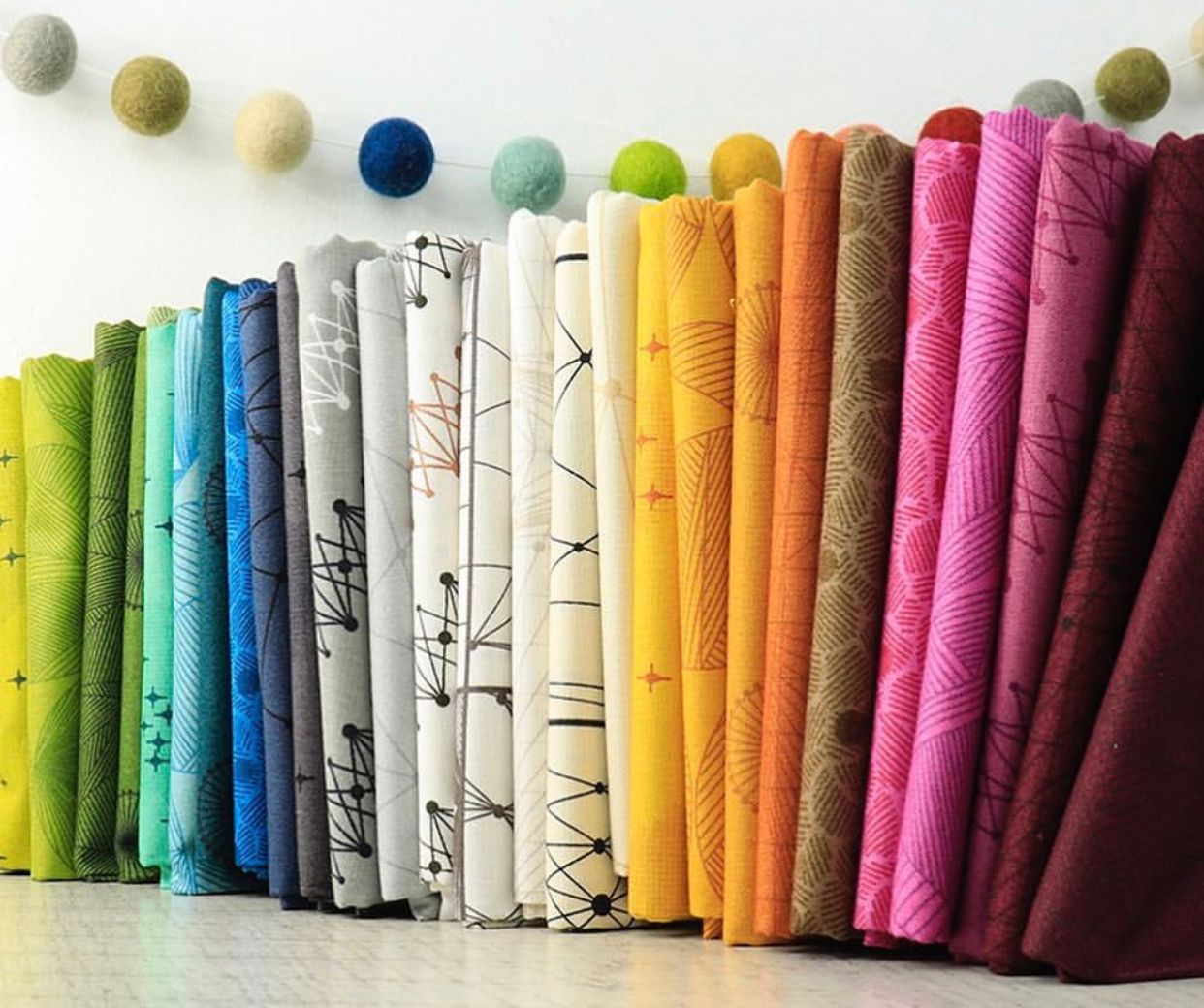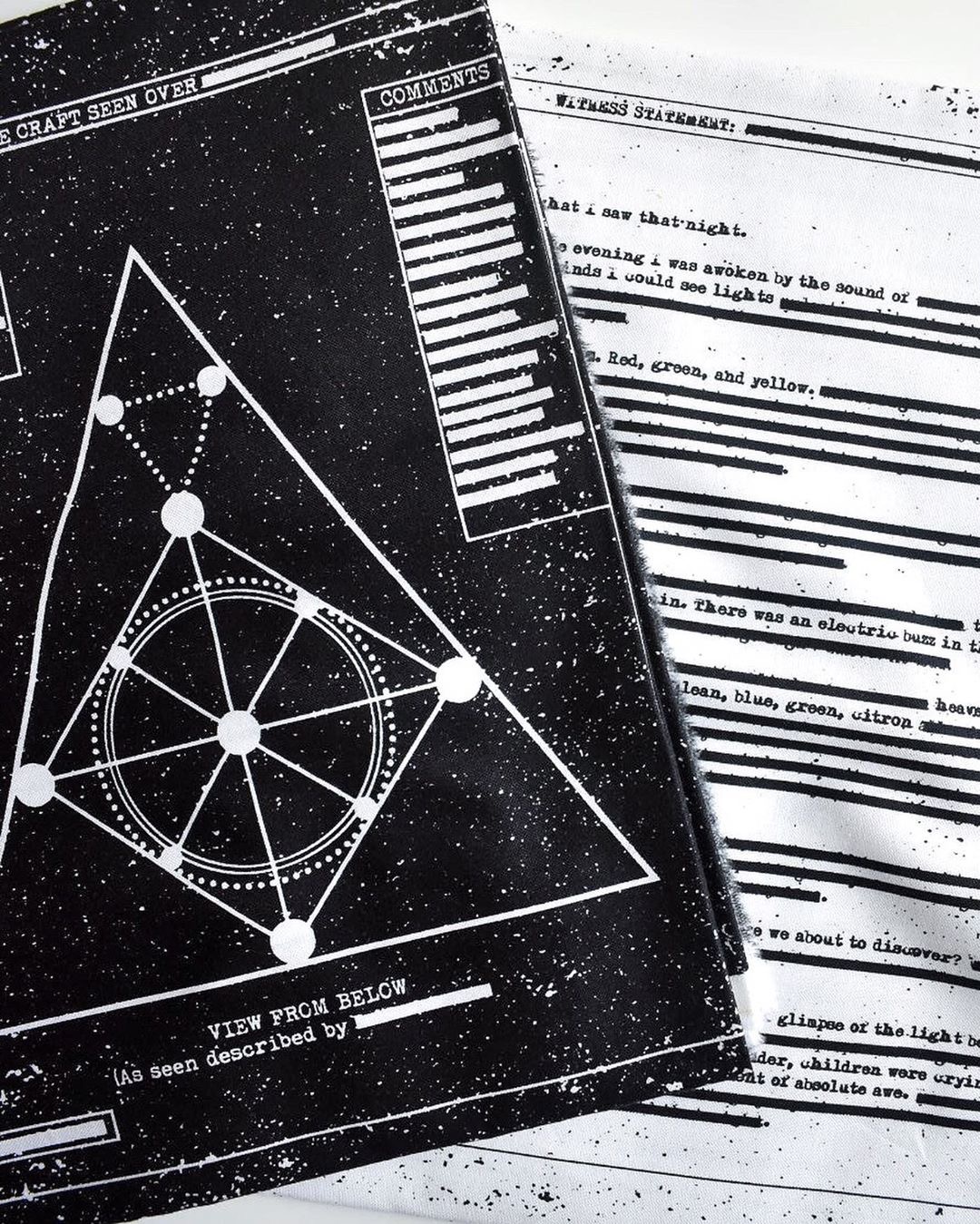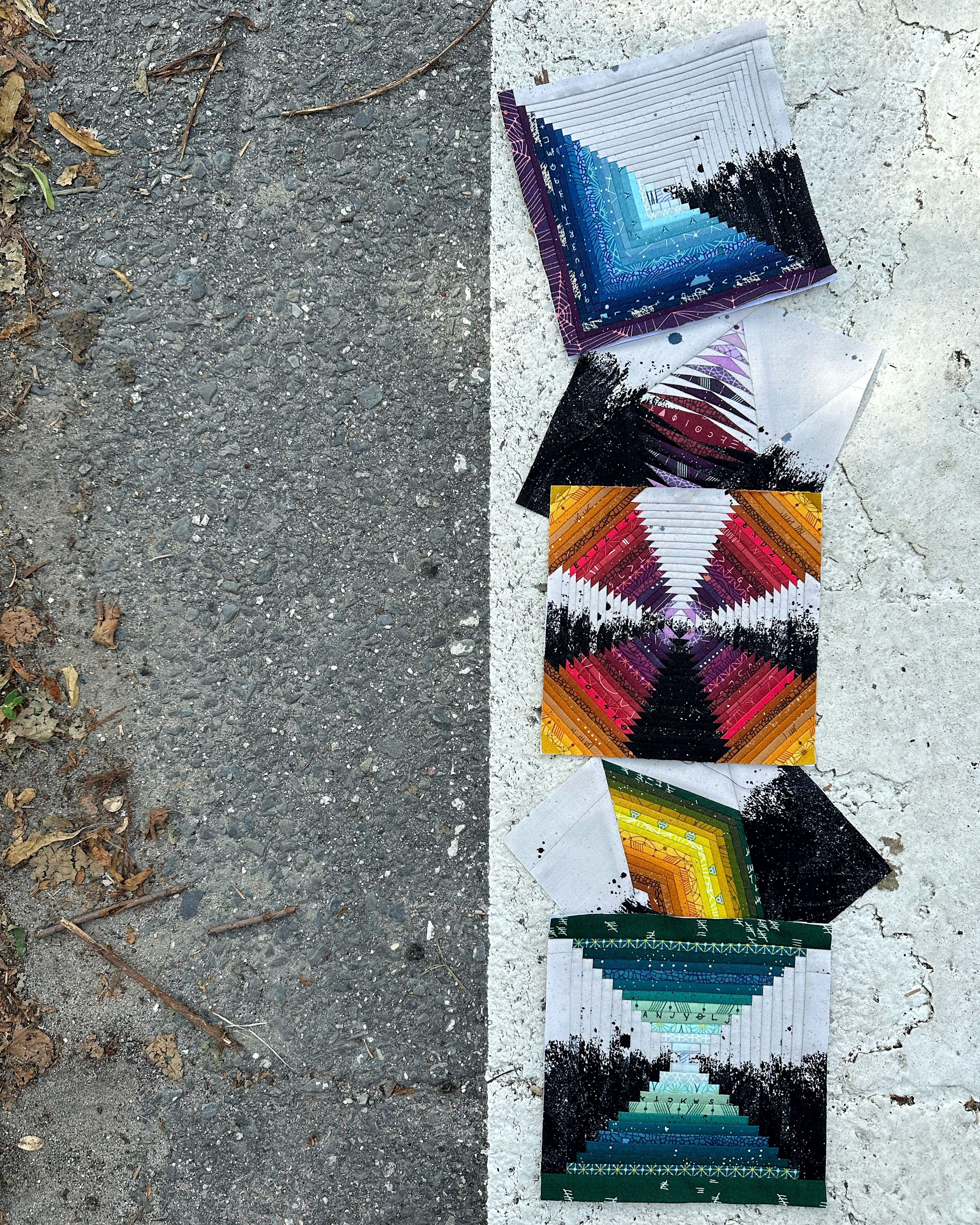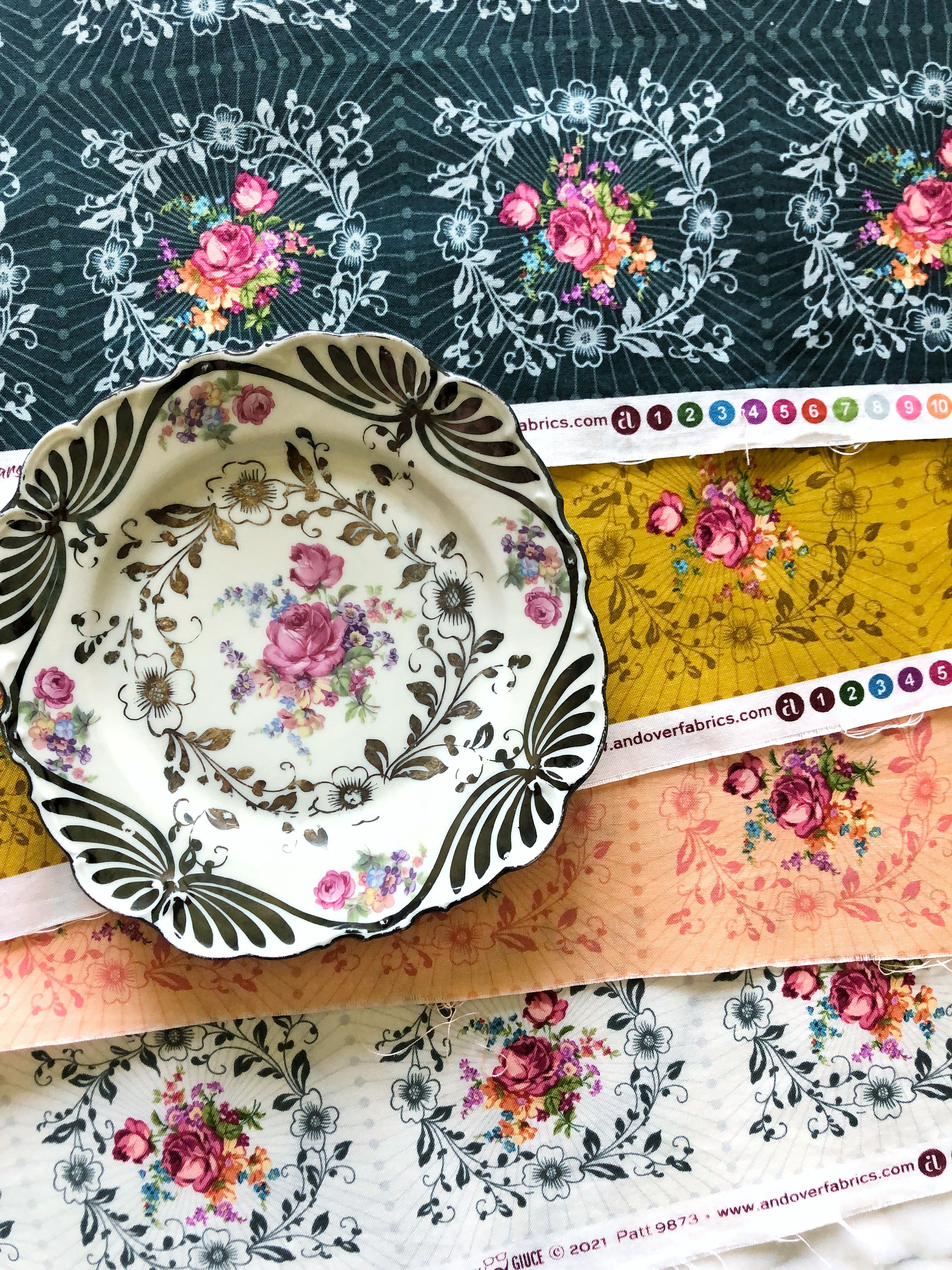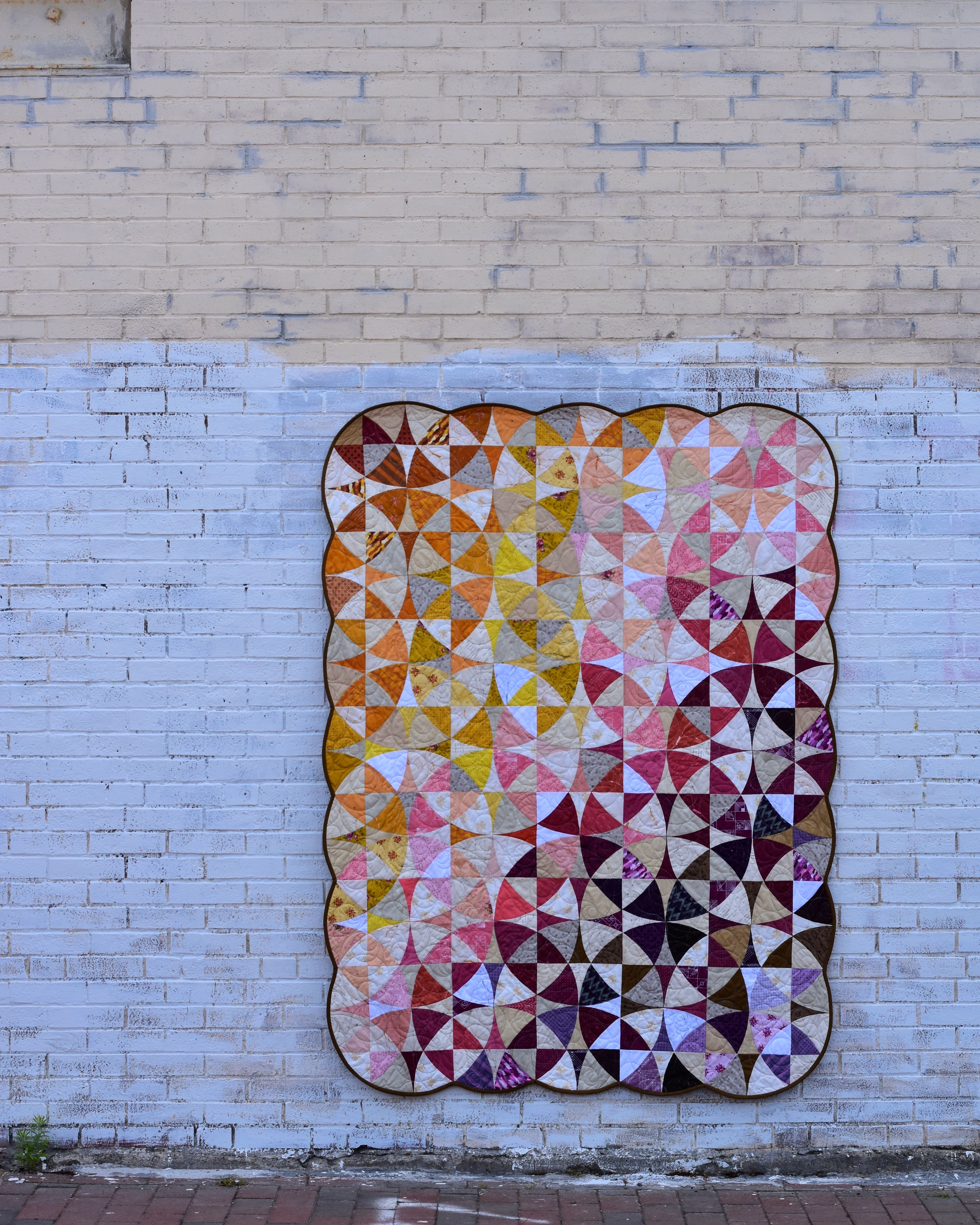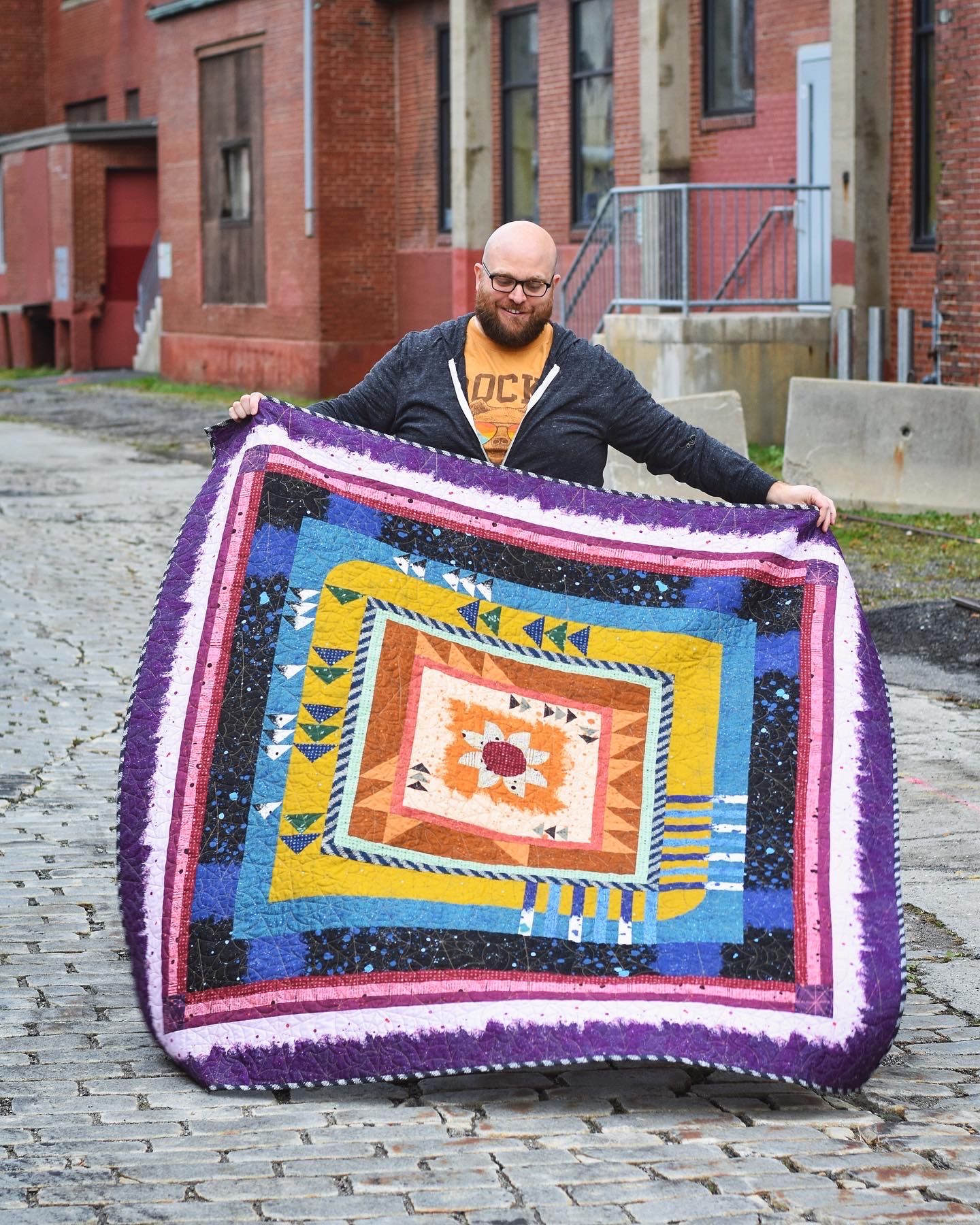Named for their shape and often color resembling oranges, arancini (or arancine) are a classic Sicilian street food with origins dating back to 10th-century Arab rule. These deep-fried rice balls are typically coated with bread crumbs and filled with ragù, mozzarella, and peas, but the components vary regionally. The shape also varies: Whereas in Western Sicily, arancine appear as spheres, they are shaped conically to resemble Mount Etna in places like Catania and Messina. Even the name differs by locale. Eastern Sicilians refer to the individual balls as arancino (masculine), while arancina (feminine) is preferred in the West.
But one Palermo-based company, KePalle Arancine d'Autore, is mixing things up even further, offering menu items such as sweet arancine with Nutella, squid-ink risotto arancine stuffed with salmon, chicken curry arancine, and two vegan arancine options.
I reached out to co-founder and co-owner Danilo Li Muli, the Palermo-based son of internationally renowned artist Gianni Li Muli and former art director at the advertising agency Gomez & Mortisia. Danilo, who started KePalle Arancine d'Autore with his wife, Eva Polanska, shared with me their inspiration, the process for creating new arancine, the arancina's role in culture, customer favorites, and what he hopes people will take away from experiencing their unique rice balls.
What prompted you to create KePalle and focus on reinterpreting traditional Sicilian street food?
Creativity and the desire to innovate. I am a creative by profession: I founded and managed an advertising agency for many years. Then, with my wife, we had this revolutionary idea: dedicating an entire restaurant to the Palermo arancina and offering new flavors (even for those who were previously excluded from tradition), expanding the menu with new gourmet, vegan and vegetarian recipes, and at the same time raising the quality of the product that was generally neglected commercially.
How do you develop new arancine flavors and recipes?
Quality is our secret. We choose only the best ingredients: Carnaroli rice, real saffron, Fior di Latte mozzarella, ham from the thigh, Sicilian meat, and seasonal vegetables. And to this, we provide a lot of attention, care, and passion in their preparation. Our arancine are prepared in the kitchen at the back of the shop throughout the day. In our shop, they are fried and served hot and crispy at any time of the day.
What role do arancine play in Sicilian cuisine and culture?
Arancina is the queen of Palermo street food. It is a popular and noble product. You can eat it every day as street food for a quick lunch or dinner, but in Palermo, it is also a great tradition to eat arancine for the Feast of Santa Lucia on December 13. December 13 is also KePalle's birthday. Double party for us!
Which arancine flavors are favorites among your customers?
Our customers love all our arancini, probably because they are good! But the real plus is the quality. It is not for nothing that we have called them Arancine d'Autore. Our customers feel the difference and appreciate it.
If I really had to rank them, I would certainly put the Eat Parade, the traditional arancine with meat and butter, in first place. They would be followed by the arancine with mushrooms and vegetables loved by vegans and vegetarians and the gourmet ones: Rosalia, the arancine with squid-ink risotto and stuffed with salmon, and the Arancina stuffed with mortadella, buffalo mozzarella, and pistachio grains.
Tell us about your vegan arancine and how they compare to traditional ones.
It is important to us to be able to meet the needs of all our customers. Vegans and vegetarians are a very important category for us. We respect their ethics, and that is why we want the tradition of arancine to accommodate their tastes as well. We have several dedicated flavors on our menu, interpreting traditional and new recipes. The most popular are the arancina with mushrooms and porcini mushrooms (also loved by those who are not vegan because it is a real "walking" risotto) and the arancina with a vegetable sauce that interprets the classic meat arancina in a vegan way.
Can you share a memorable experience or story related to arancine?
The best memory I have of KePalle is certainly linked to the day of our tenth birthday, last December 13. On this occasion, we wanted the gift not to be destined for us but also for our city. For this reason, we organized a charity initiative, donating all proceeds of St. Lucia's Day (the most conspicuous of the year) to the pediatric hospital of Palermo to purchase important medical equipment for the rare diseases department. Doing good for others makes us feel good, and KePalle is always good for us.
How does KePalle preserve and promote Sicilian culinary heritage?
KePalle has revolutionized the tradition of arancini—not in a negative sense, but in a positive sense because we have contributed to enriching and carrying it forward. We have added new recipes that are now part of the city's culinary heritage, but above all, we have enhanced the authentic recipe of arancine.
KePalle offers a product of the highest level commercially, equal to what grandmothers and mothers prepare at home and comparable to that of a gourmet restaurant. We use authentic and high-quality products that other competitors did not use before and still do not use today: Carnaroli rice, real saffron, Fior di Latte mozzarella... We have revolutionized the arancini precisely because we have rediscovered it, bringing it to its maximum splendor.
What do you hope people experience with your arancine?
Those who come to the store to eat our arancine experience a unique, immersive experience that involves all 5 senses. The authentic location, the visual impact of the counter with the arancine, the scents that are released, the story of the product, and, finally, the wide variety of flavors and recipes. It is a feeling that cannot be described and that can only be experienced. All our customers know this, and you can feel it in their expressions when eating, as well as the satisfaction you can feel in their words and in the thousands and thousands of reviews they leave us.
If you enjoyed this article, consider subscribing to my newsletter for more content and updates!


